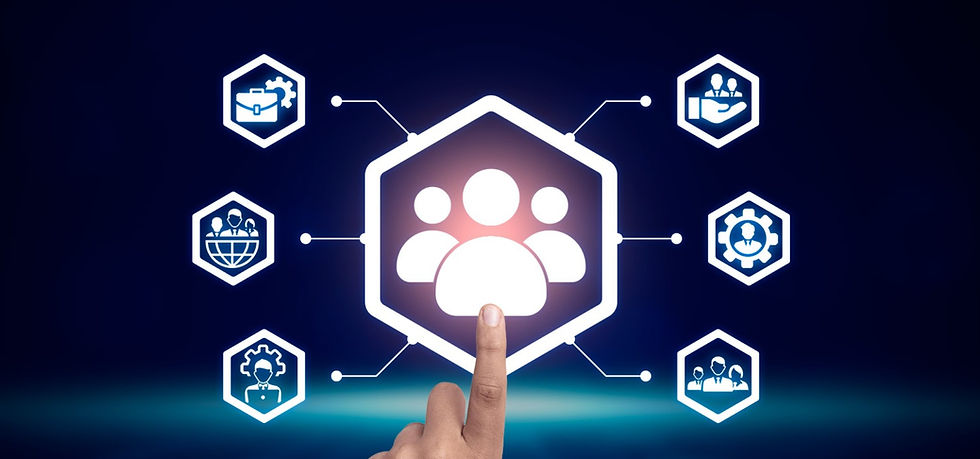
Identity Lifecycle Management (ILM) is a critical component of modern Identity and Access Management (IAM) systems, focusing on the end-to-end management of digital identities throughout their existence within an organization. It encompasses the entire lifecycle of a user's identity, from initial creation during onboarding to eventual deactivation or removal during offboarding.
Identity Lifecycle Management (ILM)
USD 4.45M
The average cost of a data breach in 2023 $4.45M million. 2.3% increase from the 2022 ($4.35M)
Key Phases of Identity Lifecycle Management
The process begins with the onboarding phase, where a new user's digital identity is created. This involves defining user attributes, assigning roles, and provisioning access to necessary systems and applications.
Onboarding

-
User registration and identity creation.
-
Definition of user roles and responsibilities.
-
Provisioning of access to relevant resources.
Once a user is onboarded, their identity requires ongoing management to ensure it stays current and aligned with their role and responsibilities.
Day-to-Day Mgmt

-
Regular updates to user attributes (e.g., change in job title or department).
-
Periodic access reviews and certifications to ensure continued relevance.
As a user's role or responsibilities change, their access permissions must be adjusted accordingly to maintain the principle of least privilege.
Access Modification

-
Modifying access rights based on changes in job roles.
-
Implementing temporary access modifications for specific projects.
When a user leaves the organization or no longer requires access, the offboarding process ensures a secure and efficient termination of their digital identity.
Offboarding

-
Deactivating user accounts and access rights.
-
Archiving or transferring critical data.
-
Conducting exit interviews for knowledge transfer and security measures.
Benefits of Identity Lifecycle Management
Security Enhancement
ILM ensures that users have the right level of access at all times, reducing the risk of unauthorized access and potential security breaches
Compliance Adherence
By systematically managing user identities, ILM helps organizations meet regulatory and compliance requirements by ensuring proper access controls and auditing capabilities
Operational Efficiency
Automating identity management processes streamlines operations, reduces manual errors, and improves overall efficiency
Users benefit from a smooth onboarding experience, self-service capabilities, and access that aligns with their roles, contributing to job satisfaction
User Experience
Improvement
Efficiently managing the lifecycle of digital identities reduces the administrative burden, resulting in cost savings associated with manual processes and potential security incidents
Cost Reduction
Proactive management of identities helps organizations identify and mitigate risks associated with outdated access permissions or dormant accounts
Risk Mitigation
By seamlessly orchestrating the creation, modification, and termination of digital identities, organizations can bolster security, enhance compliance, and streamline operations in today's dynamic digital landscape. ILM serves as a proactive guardian, ensuring that each digital identity is nurtured responsibly throughout its lifecycle within the organizational ecosystem.